African Collard Greens: A Spicy Journey Through Flavor and Culture
Table of Contents
Introduction to African Collard Greens
African collard greens, also known as okra greens, are a staple in many West African cuisines. These leafy greens are not only nutritious but also packed with flavor, making them a favorite among spice enthusiasts and home cooks alike. Whether you're a seasoned chef or just starting your culinary journey, understanding how to work with African collard greens can open up a world of delicious possibilities.
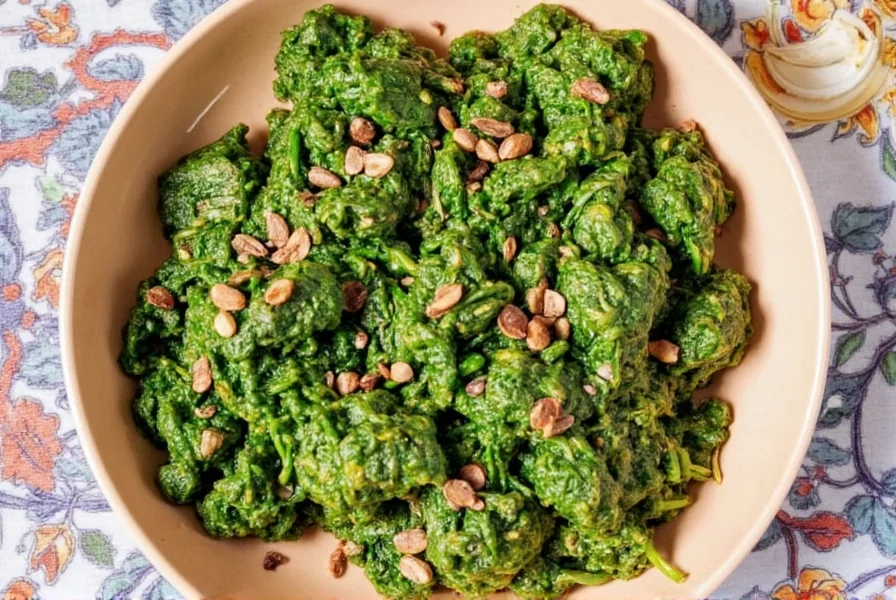
The name might be confusing—collard greens are typically associated with the American South, but African collard greens are a distinct variety. They are often used in traditional dishes like thieboudienne (Senegalese rice and fish) and jollof rice. Their slightly bitter taste pairs beautifully with spices like cayenne pepper, garlic, and ginger, creating a rich and complex flavor profile that's both bold and comforting.
Spice Basics for African Collard Greens
If you want to elevate your African collard greens to the next level, mastering the right spices is essential. Here’s a list of key ingredients that will help bring out the best in this versatile green:
- Cayenne Pepper: Adds a fiery kick without overwhelming the dish.
- Ginger: Provides a warm, zesty note that complements the bitterness of the greens.
- Garlic: Enhances depth and aroma, making every bite more satisfying.
- Tomato Paste: Offers a rich, tangy base that ties all the flavors together.
- Paprika: Adds a smoky sweetness that balances the heat.
- Olive Oil: Used as a cooking medium to infuse the greens with flavor.
These spices are commonly used in West African cooking, where bold flavors are celebrated. Don’t be afraid to experiment—adjust the quantities based on your taste preferences. If you’re new to spicy food, start with a small amount of cayenne and build up from there.
Essential Cooking Tips
Cooking African collard greens doesn’t have to be complicated. With a few simple techniques, you can create a dish that’s both flavorful and easy to prepare. Here are some practical tips to keep in mind:
- Soak the greens first: Before cooking, rinse the leaves thoroughly and soak them in water for about 30 minutes. This helps remove any dirt and reduces bitterness.
- Use a heavy pot: Collard greens require slow cooking to become tender. A heavy-bottomed pot or a Dutch oven is ideal for even heat distribution.
- Add acid at the end: Vinegar or lemon juice can brighten the dish and cut through the richness. Add it near the end of the cooking process to preserve its flavor.
- Stir frequently: To prevent the greens from sticking and to ensure even cooking, stir them regularly while they simmer.
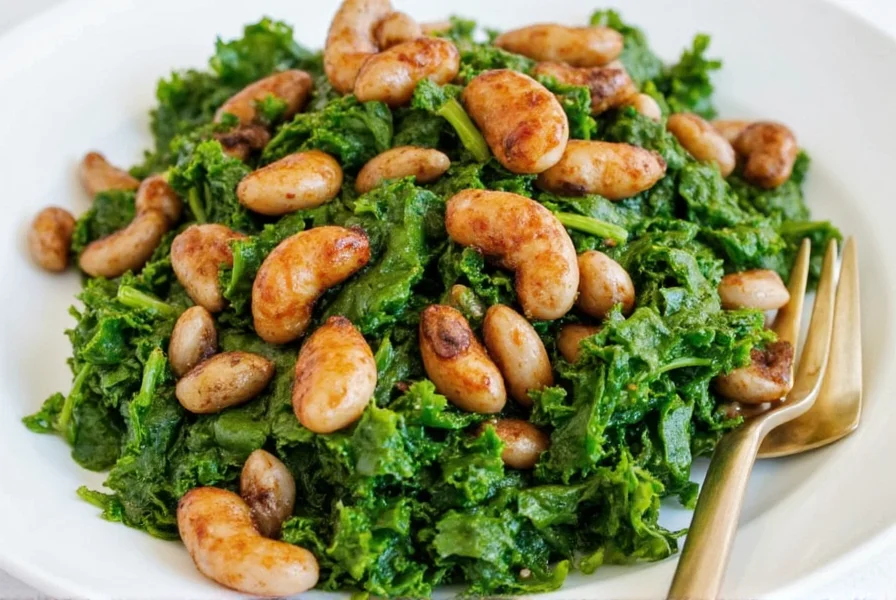
One popular method involves sautéing garlic and onions in olive oil before adding the greens and spices. Then, let everything simmer for 20–30 minutes until the greens are tender. Serve it alongside rice, yams, or grilled meats for a complete meal.
Buying Guide: Finding the Best African Collard Greens
Choosing the right African collard greens can make a big difference in the final dish. Here’s a guide to help you pick the best ones:
Types of African Collard Greens
There are several varieties of African collard greens, each with its own unique characteristics. Some common types include:
- Okra Leaves: Slightly tougher and more fibrous than other varieties.
- Malanga Leaves: Thinner and milder in flavor.
- Collard Greens (West African Style): Often sold in bulk and used in traditional recipes.
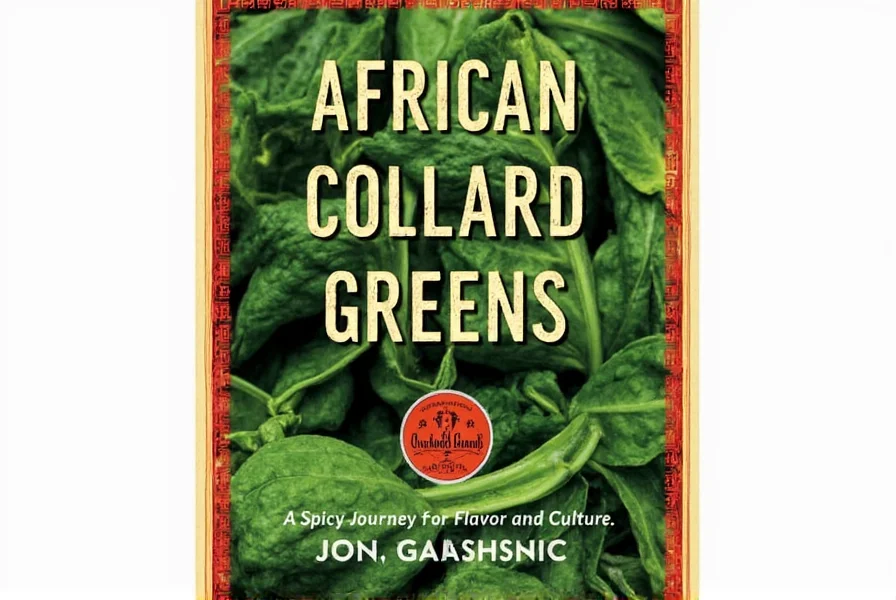
Where to Buy
You can find African collard greens at:
- Local ethnic markets: Especially in areas with a strong West African community.
- Online retailers: Many specialty grocery stores offer frozen or dried versions.
- Health food stores: Look for organic or locally sourced options.
If you're buying fresh, look for vibrant green leaves with no signs of wilting or yellowing. For frozen or canned versions, check the label for added salt or preservatives.
Recommended Products
Here are a few products that are highly recommended for cooking with African collard greens:
- Organic African Collard Greens (Frozen): Ideal for those who don't have access to fresh greens. Great for quick meals and long-term storage.
- West African Spice Mix: A pre-made blend of cayenne, paprika, garlic, and ginger that simplifies the cooking process.
- High-Quality Olive Oil: Essential for sautéing and flavor infusion. Choose extra virgin for the best results.
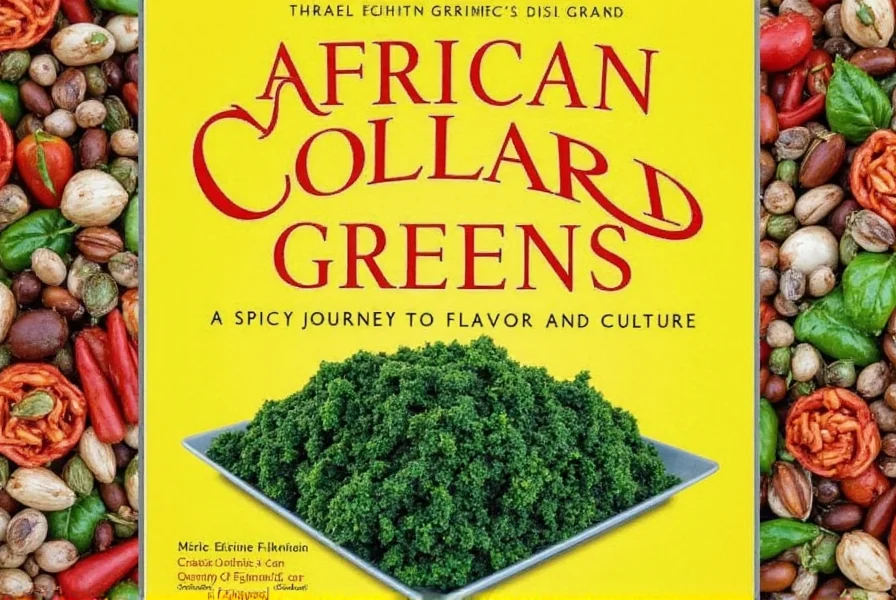
These products are perfect for home cooks who want to explore African cuisine without spending hours in the kitchen. Whether you're hosting a dinner party or preparing a family meal, these items can help you achieve authentic flavors with minimal effort.
Comparison Table: Fresh vs. Frozen vs. Canned
When choosing between fresh, frozen, or canned African collard greens, it's helpful to understand the differences in texture, flavor, and convenience. Here's a comparison table to guide your decision:
| Feature | Fresh | Frozen | Canned |
|---|---|---|---|
| Texture | Crunchy, firm | Slightly softer | Mushy |
| Flavor | Most vibrant | Good, but slightly reduced | Blended, may contain added salt |
| Convenience | Requires washing and preparation | Ready to cook | Instant use |
| Storage | Short shelf life | Long shelf life | Very long shelf life |
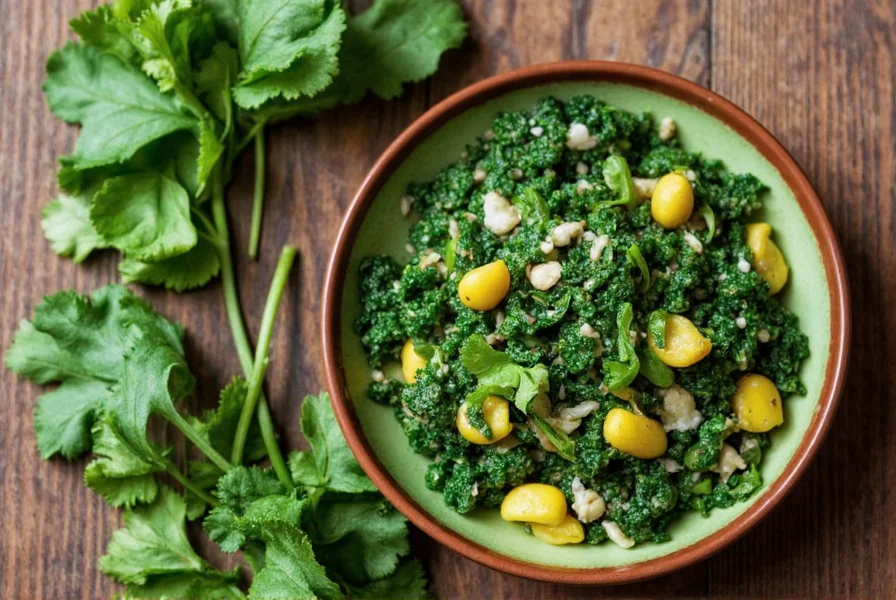
This table shows that fresh greens are best for those who enjoy cooking and have access to local markets. Frozen greens are a great middle ground, offering convenience without sacrificing too much flavor. Canned greens are ideal for quick meals, though they may not provide the same texture as fresh or frozen.
Conclusion
African collard greens are more than just a side dish—they’re a cultural treasure with deep roots in West African cuisine. By understanding the spices, cooking techniques, and buying options, you can confidently incorporate these greens into your meals and enjoy their rich, earthy flavor.
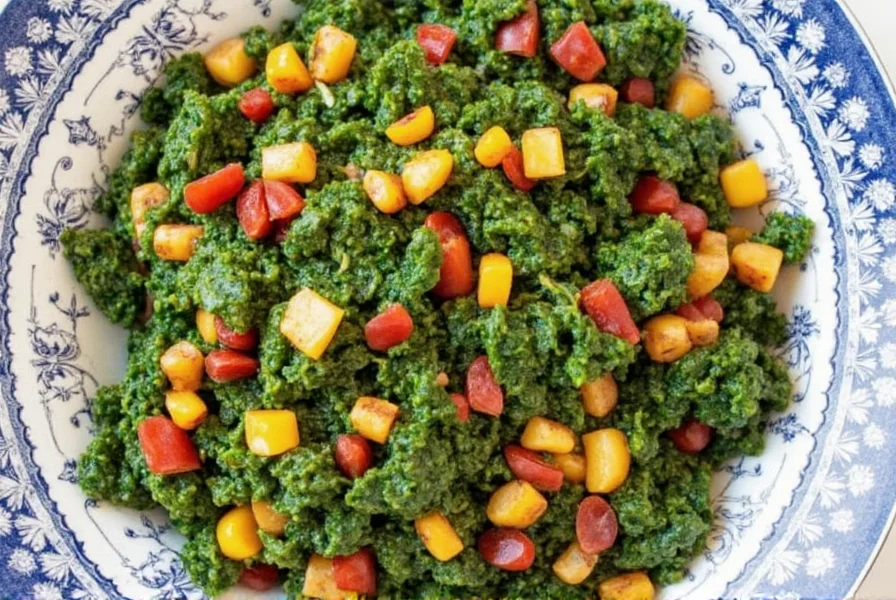
Whether you’re using them in a traditional recipe or experimenting with your own spin, African collard greens offer endless possibilities. So grab a bunch, season them with love, and let your taste buds travel across the Atlantic to the heart of West Africa.
Remember, the key to great cooking lies in exploration and curiosity. With African collard greens, you’re not just making a meal—you’re connecting with a tradition that has been passed down through generations. Let the spices guide you, and don’t be afraid to get creative!










 浙公网安备
33010002000092号
浙公网安备
33010002000092号 浙B2-20120091-4
浙B2-20120091-4